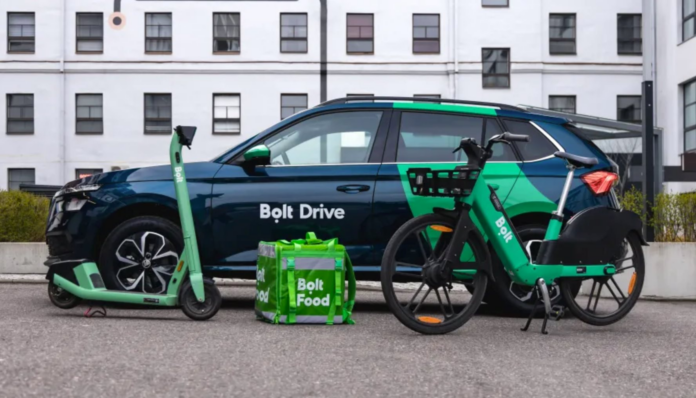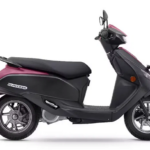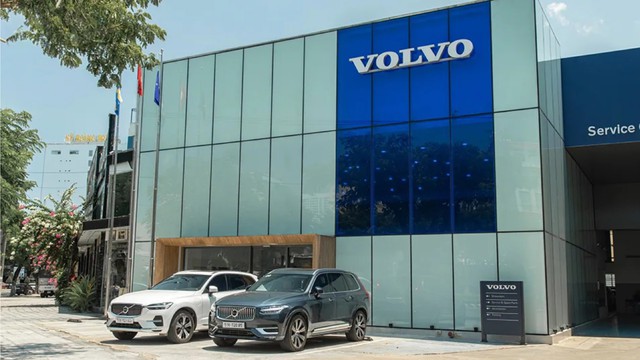The Rise of Bolt: Challenging the Ride-Hailing Giants
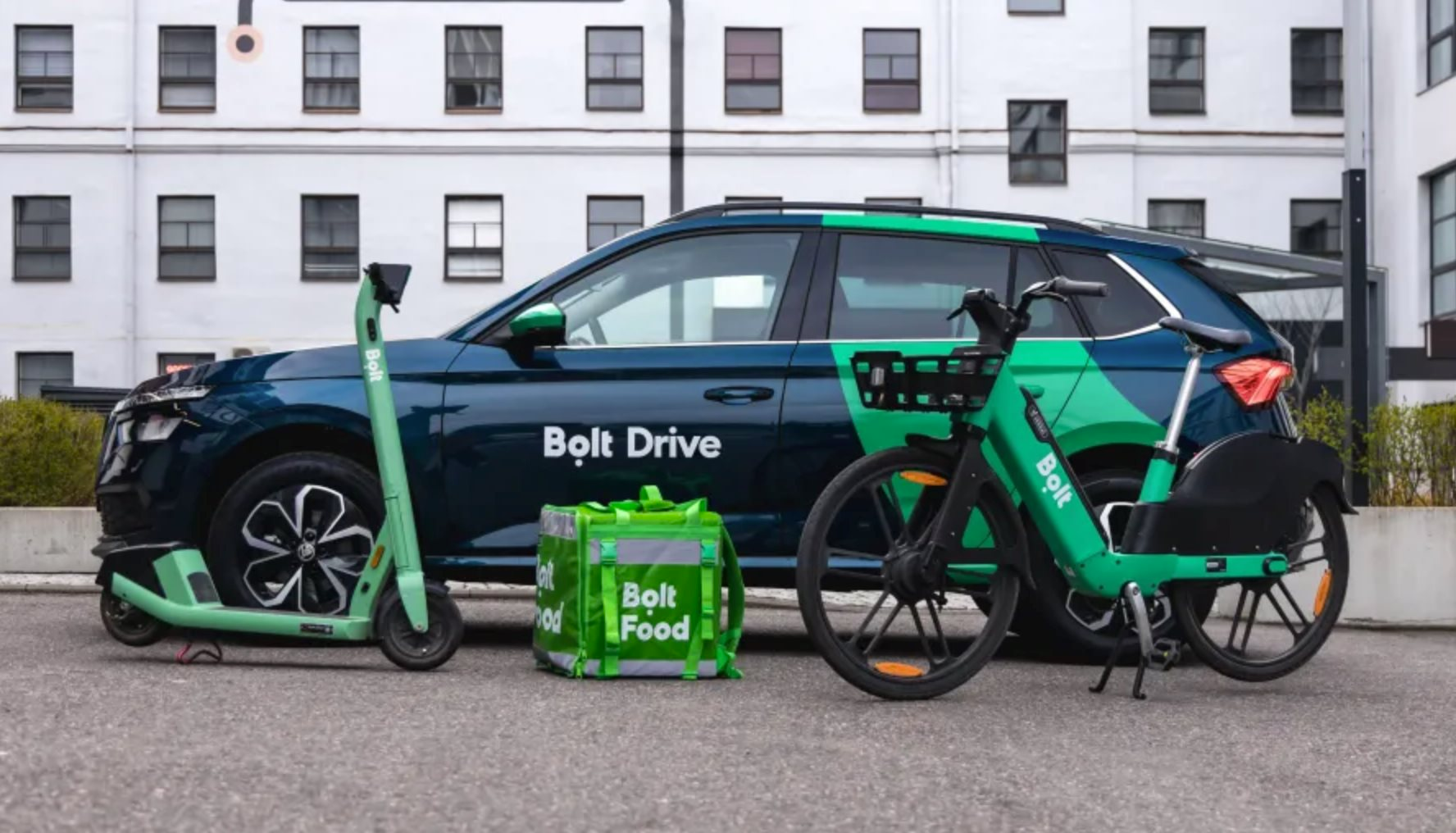
The logo of Bolt, a ride-hailing giant from Europe, is seen in this image.
During his official visit to Estonia, Prime Minister Pham Minh Chinh met with Jevgeni Kabanov, the Head of Global Public Policy at Bolt, a European ride-hailing giant. According to the Government Portal, Bolt is seeking permission to operate in Vietnam and has requested the relevant authorities to expedite the process.
Prior to this, Bolt had announced its recruitment plans for drivers and staff in Ho Chi Minh City. The company’s representative stated that Vietnam is an exciting market with a lot of potential.
In Southeast Asia, Bolt entered the Malaysian market in November last year, boldly declaring its intention to break Grab’s dominance in the region. If successful, Malaysia would become Bolt’s second market in the region, after Thailand.
Following Bolt’s entry, Lalamove, a Hong Kong-based company, and Kummute, a Kuala Lumpur-based transportation company, also launched their own ride-hailing services in Malaysia. The influx of new players has raised questions about Grab’s dominant position. Can they all compete with a giant?
According to Tech in Asia, while there are many new ride-hailing companies in the market, most are struggling to establish sustainable businesses. PE investors point out that many new entrants do not have the financial strength or the ecosystem to pose a real challenge to Grab.
However, opportunities can be created by offering something different to customers or drivers. For example, InDrive has an auction system that allows passengers and drivers to negotiate fares before the trip starts, instead of accepting the price suggested by the algorithm. Operating in 46 countries, the California-based company claims that its app was the second most downloaded ride-hailing app globally in 2022 and 2023.
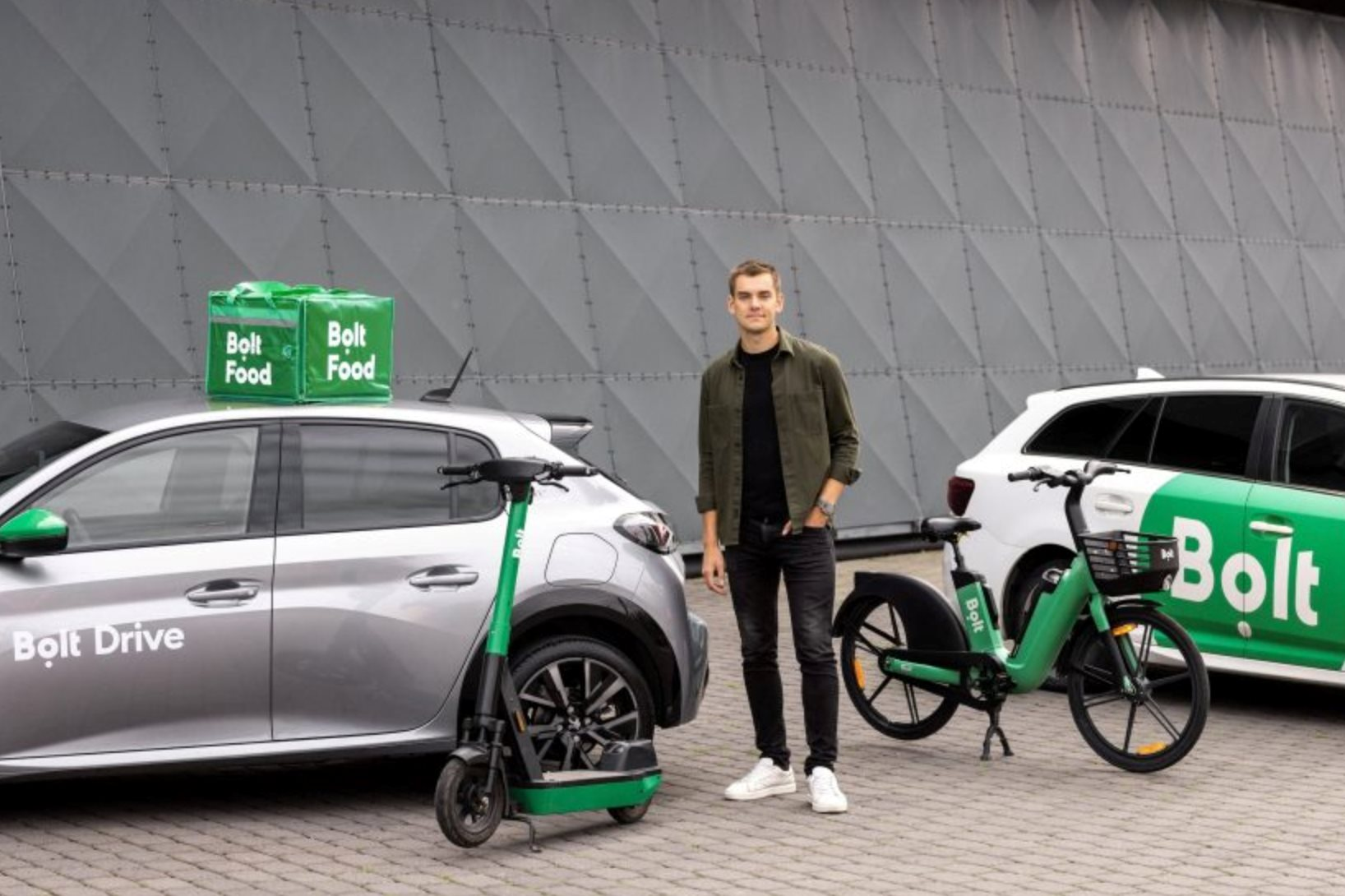
Bolt’s app interface showcases its various services, including ride-hailing, food delivery, and more.
Now, let’s take a closer look at Bolt.
Bolt originated in Estonia, a small Baltic country, and was founded in 2013 by Markus Villig, at the young age of 19. At that time, Estonia was already known for its tech companies such as Skype and TransferWise (now Wise), but it lacked a strong local ride-hailing app.
With a simple vision of “making ride-hailing in small cities more accessible and affordable,” Markus raised capital from his family, recruited drivers himself, and built a ride-hailing system. The company was initially called Taxify and operated mainly in Eastern European and African cities, markets that were overlooked by giants like Uber.
From the beginning, Bolt adopted a clear and distinct strategy, setting platform fees lower than Uber. While Uber charges around 25% commission per trip, Bolt takes only 15-20%. This made Bolt more attractive to drivers.
Additionally, by operating leanly and avoiding excessive discounts, Bolt was able to maintain competitive pricing while remaining profitable. The brand also prioritized countries like Nigeria, South Africa, Poland, and Romania, where Uber had no presence or had withdrawn from.
Bolt’s strategy allowed it to expand quickly without heavy capital investment, leveraging its efficient Estonian ecosystem and technology. Estonia is a leader in e-government and software development. The startup has now evolved into a super app offering multiple services and is present in over 45 countries, serving millions of users daily. In Southeast Asia, Bolt first entered Thailand in 2020 and subsequently Malaysia in November 2024.
While not as “hot” as American or Chinese unicorns, Bolt has made a splash in the investment world. The company has raised over $2 billion from prominent funds like Sequoia Capital, D1 Capital, and IFC (World Bank), as well as the Estonian government.
As of early 2024, Bolt was valued at over $8.4 billion. The company, always focused on financial efficiency, takes pride in having profitable markets thanks to its lean, low-cost model and organic growth. According to Reuters, Bolt’s revenue in 2024 reached $2 billion.
Bolt intends to go public within the next 1-2 years, although no specific timeline has been announced. CEO Markus Villig shared, “We’re not in a rush to go public. Our top priority is building a sustainable, profitable, and long-term valuable model.”
Bolt has proven that a European startup can go global with the right strategy, efficient operations, and a deep understanding of each market. In an age where users demand convenience, flexibility, and sustainability, Bolt is positioning itself not just as “Europe’s Uber” but as one of the leaders in the future of global urban mobility.
Sources:
Reuters, TechinAsia
KBSV and PVCB Capital: A Strategic Alliance, Expanding the Financial Ecosystem
Recognizing the untapped potential in the field of investment and asset management, particularly in catering to the needs of the younger generation seeking financial freedom, KBSV and PVCB Capital have joined forces. Together, they aim to introduce exceptional services that comprehensively address the needs of investors.
Suzuki Enters the Electric Scooter Race with a New Affordable Offering to Rival Honda and Yamaha.
With a price tag that undercuts many of its gasoline-powered scooter rivals, including the Honda Vision and Yamaha Janus, this electric scooter is set to become the new people’s choice.
Unprecedented Special Mechanisms Proposed for Vietnam’s 14th International Airport: What’s Included?
To meet the Prime Minister’s directive to “complete the international airport and its connecting roads by 2026”, the local authorities have requested the application of a special mechanism.

